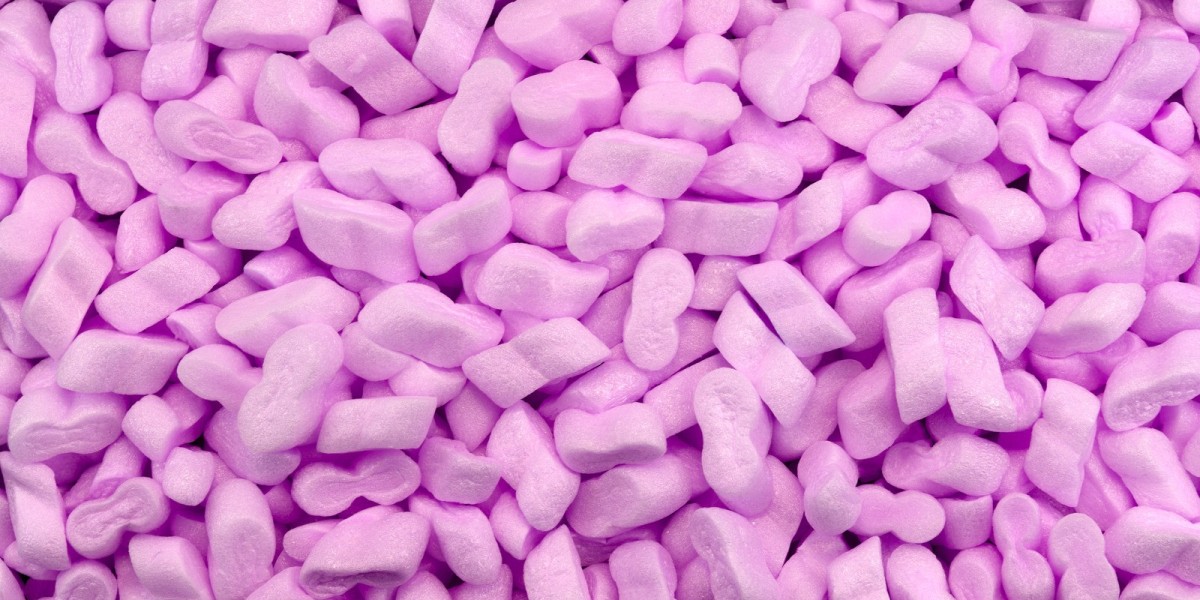The packing peanuts market, which has been a vital component of the packaging industry for decades, is experiencing a phase of saturation. This shift results from various factors, including the increasing awareness about environmental issues, advancements in alternative packaging solutions, and the evolving demands of consumers. As the market reaches its peak, businesses involved in producing and distributing packing peanuts must adapt and innovate to stay competitive. In this article, we will explore the factors driving this saturation, the challenges it presents, and the potential future directions for the industry.
Understanding Packing Peanuts
Packing peanuts, also known as foam peanuts or loose fill, are lightweight, inexpensive materials that are primarily used to cushion fragile items during shipping and storage. Traditionally made from expanded polystyrene (EPS), these peanuts are designed to provide shock absorption and prevent damage during transit. However, with growing environmental concerns surrounding the use of EPS, the market has seen a shift towards alternative materials like biodegradable, recyclable, and compostable packing peanuts.
The Causes of Market Saturation
Several factors contribute to the saturation of the packing peanuts market. First and foremost, the growing environmental consciousness has led to a decline in demand for EPS-based packing peanuts. EPS is non-biodegradable and takes hundreds of years to decompose, posing significant environmental hazards. This has spurred a shift towards more sustainable options, such as biodegradable peanuts made from cornstarch or recycled paper. Consumers and businesses alike are now increasingly seeking eco-friendly alternatives, which has limited the growth potential of traditional packing peanuts.
Furthermore, advancements in packaging technologies have provided new options for cushioning products, further reducing the demand for traditional packing peanuts. Packaging materials such as air pillows, bubble wrap, and molded pulp are now being used as more efficient, cost-effective, and environmentally friendly alternatives. These materials are often easier to store, require less space, and offer superior protection compared to packing peanuts.
Impact of E-Commerce on Market Saturation
The rapid growth of the e-commerce industry has also had a significant impact on the packing peanuts market. As online shopping continues to grow, the packaging needs of e-commerce businesses have evolved. Many e-commerce companies are now focusing on optimizing their packaging processes by using materials that are lightweight, protective, and sustainable. While packing peanuts are still commonly used for shipping fragile items, their role has diminished as alternative packaging solutions gain popularity.
Moreover, consumer preferences for eco-friendly packaging have influenced e-commerce retailers to adopt greener solutions. This trend is likely to continue, and companies that fail to adapt to these changes may find themselves facing increased competition or reduced market share.
Challenges Faced by Packing Peanuts Manufacturers
As the market becomes saturated, packing peanuts manufacturers are encountering several challenges. One of the primary challenges is the pressure to innovate and offer sustainable alternatives. Companies that rely solely on traditional packing peanuts made from EPS are finding it increasingly difficult to compete with those offering biodegradable or recyclable options. The cost of producing eco-friendly alternatives is often higher, which can result in higher prices for consumers.
Additionally, the packing peanuts market is highly fragmented, with numerous small and medium-sized manufacturers competing for market share. This fragmentation makes it difficult for companies to differentiate themselves and gain a competitive edge. Larger companies with established distribution networks have a distinct advantage, making it challenging for smaller players to thrive.
Future Prospects for the Packing Peanuts Market
Despite the saturation, there is still potential for growth in the packing peanuts market, particularly in the realm of sustainable packaging. The increasing demand for eco-friendly products presents an opportunity for manufacturers to innovate and cater to the growing consumer preference for biodegradable and recyclable packing peanuts.
Moreover, the development of new materials and technologies could open up new possibilities for the packing peanuts market. For instance, research into plant-based materials and innovative manufacturing processes could lead to the creation of even more sustainable and efficient packing solutions.
Conclusion
The packing peanuts market is undoubtedly facing a period of saturation, driven by environmental concerns, advancements in packaging technology, and evolving consumer preferences. However, there is still room for growth, particularly in the sustainable packaging sector. Manufacturers who embrace innovation, invest in eco-friendly alternatives, and adapt to changing market demands will be well-positioned to succeed in the future.



